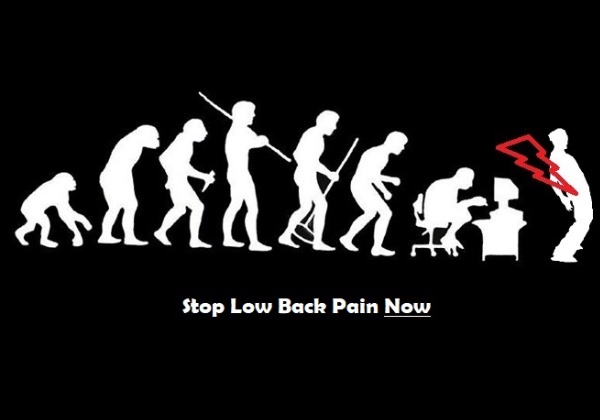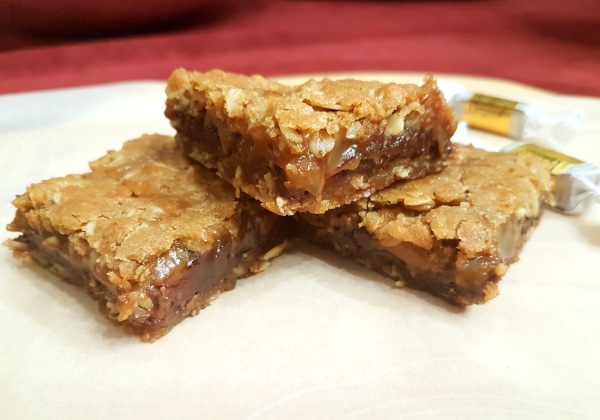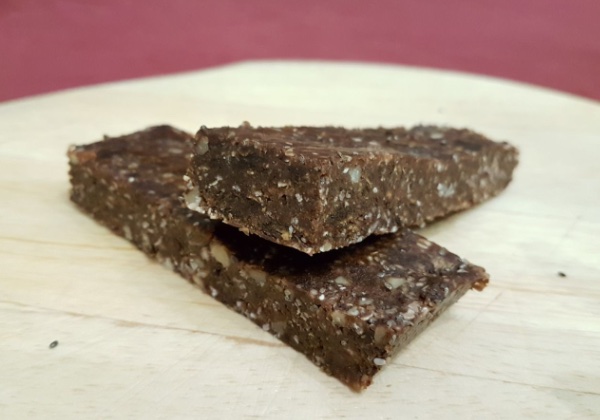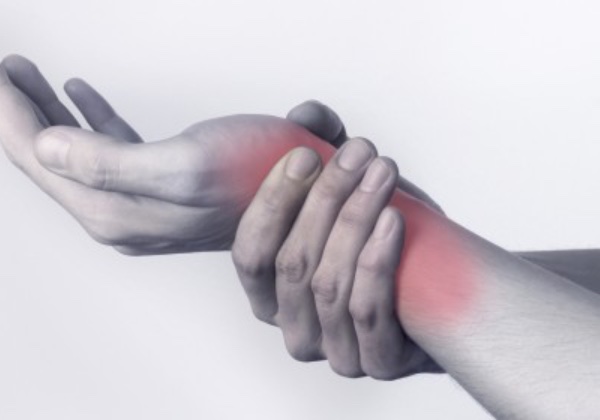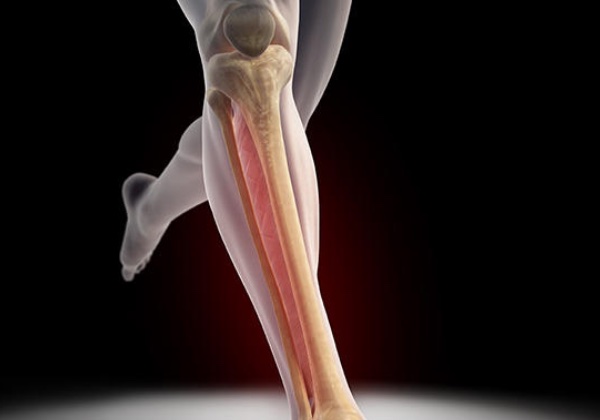Glucosamine – Works Wonders or Wonder if it Works?
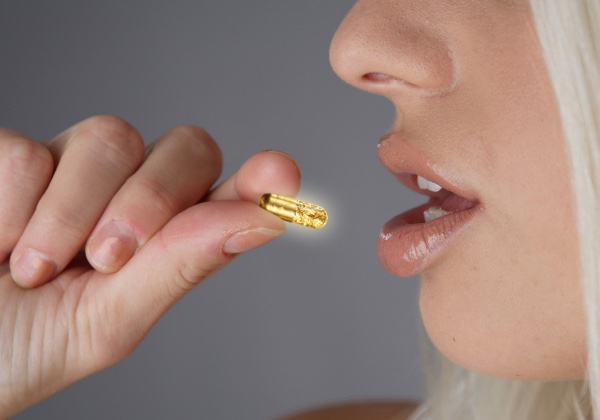
Watching George St-Pierre (MMA legend) popping shark cartilage pills was the first time I obsessed over glucosamine. His analogy when he brought up shark cartilage was that your body is like a car. Athletes like him treat their bodies like Ferraris meaning they need premium fuel. After hearing this I thought man, I’m at least a ford mustang, why haven’t I used this savage supplement before? I wouldn’t be surprised if you found glucosamine in a convenience store nowadays although it may not be from a shark. The bottom line is that many athletes like GSP swear by glucosamine to protect their joints after brutal training sessions. Glucosamine can also be found on the shelves of all drug stores, heavily marketed as the supplement that optimizes your joint health.

MMA Training and Joint Health
Now listen, I’m all about optimizing health. However, it’s also important to do some research before investing any time and money into “promises” made by supplement companies. We all know that joint pain is a common problem in MMA training. Boxers unload bombs on heavy punching bags, Jiu jitsu practitioners bend their vertebrae to unimaginable extremes, and wrestlers constantly get flung onto the floor – all of which pound on your joints over time. If you are into MMA training, chances are you will have joint pain down the line which can affect your performance. Glucosamine supplements get so much attention in the MMA community for that reason alone.
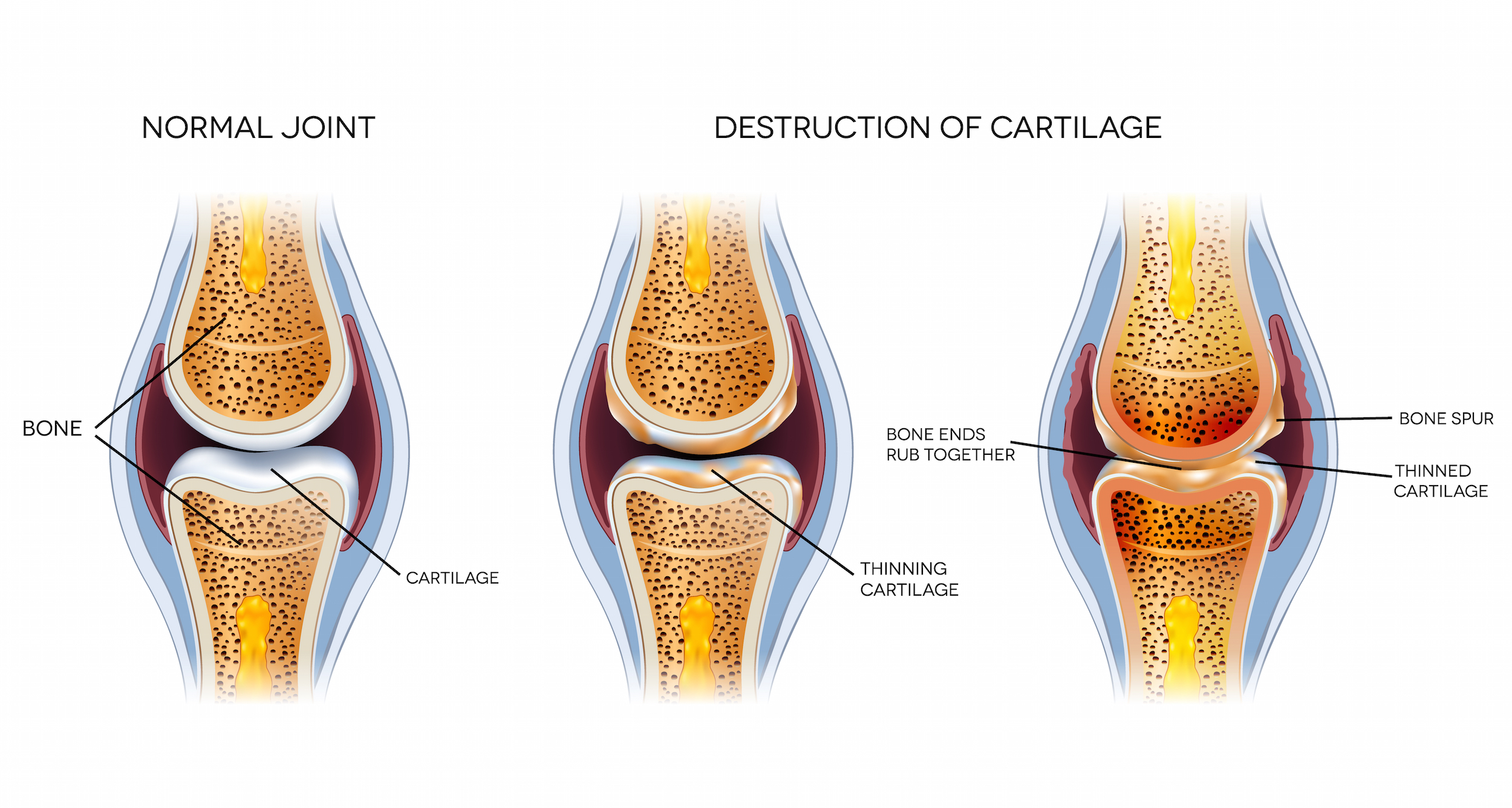
Health and Nutrition – What is Glucosamine?
Glucosamine is naturally abundant in cartilage. Osteoarthritis, a condition common in MMA fighters down the line involves gradual breakdown of cartilage through trauma and the release of catabolic enzymes (that eat away at cartilage). The natural components of cartilage degrade resulting in a loss of its sheer volume. Glucosamine is a precursor to a few of these natural components. Supplemental glucosamine is thought to treat osteoarthritis by both reducing catabolic enzyme activity in cartilage and acting as a building block to it. Before we get into the effectiveness of glucosamine, one thing is for sure – it’s safe. There are no reported risks or side effects of taking it as a supplement.1 The most utilized and well-studied form of it is glucosamine sulfate.1 If you are currently taking glucosamine and feel like you are benefiting from it then do not read any further, trust me.
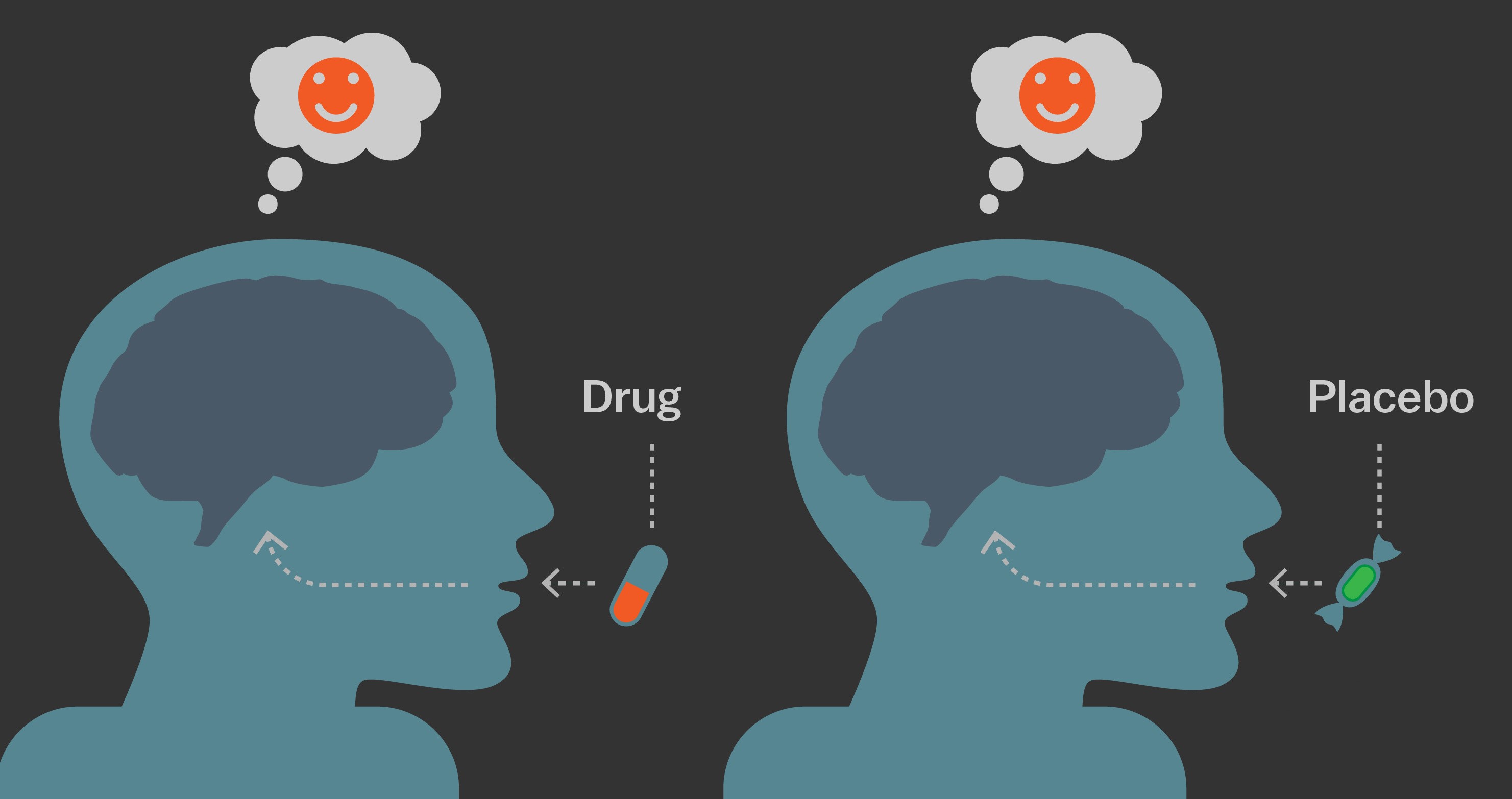
Glucosamine May Not be as Effective in Joint Health as Many Believe
So what about its effectiveness you ask? To be blunt, many studies found that placebo pills were just as effective as glucosamine.1 This means that individuals receiving pills with the hope of it working (even though it wasn’t glucosamine) would benefit just as much as they would from taking actual glucosamine pills. A recent 2017 review from the World Journal of Orthopedics suggested that several publications assessing glucosamine’s effectiveness on osteoarthritis lack quality and validity in their claims.3 Glucosamine supplementation is a +$2 billion industry worldwide though, so what’s the deal? Unfortunately, bias is an issue in many of the publications that revealed positive outcomes from glucosamine supplementation. For example, many research teams were sponsored by companies that also sell glucosamine. This is a clear conflict of interest since the researchers may have been pressured to “produce” positive results to secure their paychecks. Publication bias may have been another issue. This happens when only positive results are published while negative results are not reported.
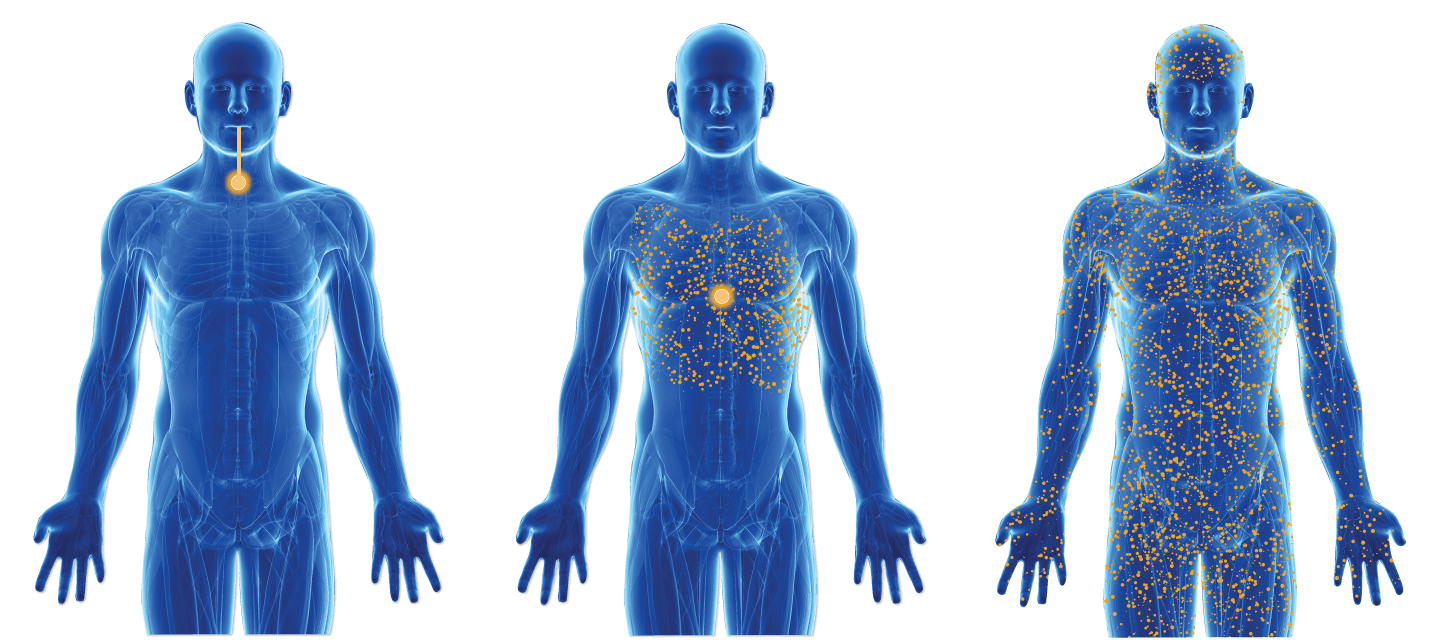
It Comes Down to How Much Glucosamine Reaches your Circulation
So why isn’t glucosamine as effective as it’s made out to be? There could be many reasons, one of them being bioavailability. Bioavailability is the proportion of a supplement that actually makes it into the body’s circulation in order to elicit its effects. Since glucosamine is generally taken orally (as a pill), how much of it can get into cartilage, let alone the areas where there is actually damage? Therapeutic benefits of cartilage have been shown in animal studies if the blood glucosamine levels are high enough.4 Here’s the problem – we can realistically achieve only 1/100th of the glucosamine concentration that was effective in animal models if we take the pills orally. There is no solid evidence that a concentration like that can directly improve cartilage regeneration in humans. Another factor may be the duration of glucosamine use. More recently, higher quality studies have shown that the effects of glucosamine supplementation are not seen until 6 months. Although there is an accepted daily dose of 1500mg anecdotally, there’s little research regarding what the most effective dose is.

A lot of this may not be what you were expecting to hear and that’s kind of what I expected half-way through writing this articles. The goal was to shed some light on a topic that has come up frequently at the gyms and rehab facilities I work at. Individuals that deal with arthritis pain tend to wonder if they should purchase glucosamine supplements. At $30 per month on average, that could be costly for some. So, here’s my take away message about this topic – if you are currently using glucosamine and benefiting from it, then great keep at it! If you are thinking about using it, just be aware that the effects are reportedly evident at the 6-month mark with regular intake. If you can afford to take them, you can feel safe to do so as there are no reported risks or side effects when taken appropriately.
Any questions about glucosamine supplement? Feel free to shoot us message
References
- http://www.arthritis.org/living-with-arthritis/treatments/natural/supplements-herbs/glucosamine-chondroitin-osteoarthritis.php
- https://draxe.com/glucosamine/
- Glucosamine and chondroitin for the treatment of osteoarthritis
- IL-10 and TGF-β: Roles in chondroprotective effects of Glucosamine in experimental Osteoarthritis?




